A water purifier, also known as a water purifier or water filter dispenser, is a water treatment device that deeply filters and purifies water according to the requirements for water use.
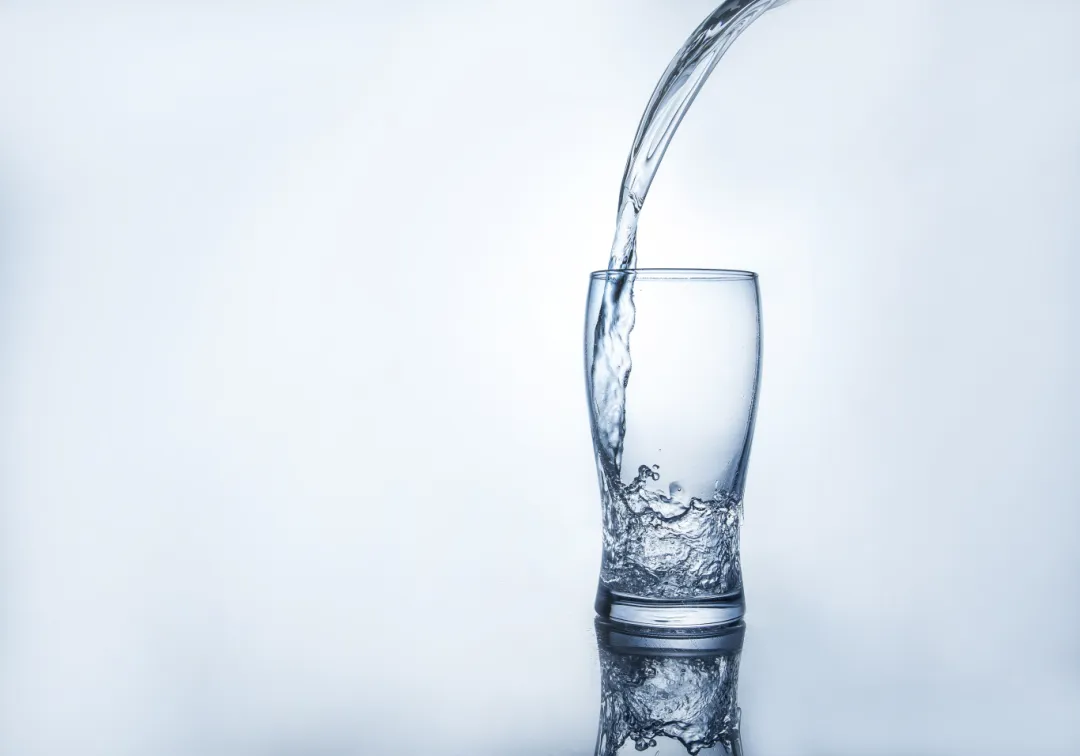
Its working principle is to filter and remove impurities, residual chlorine, heavy metals, bacteria and other harmful substances in tap water through various filter elements, such as PP cotton, activated carbon, reverse osmosis membrane, etc., so as to improve the water quality and make it more suitable for drinking, cooking, etc.
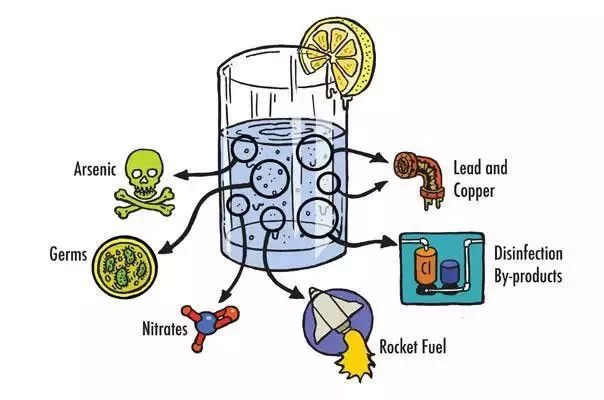
Using a water purifier can effectively improve the quality and safety of drinking water and provide people with healthier living water. Different types of water purifiers may differ in filtering effect, water output speed, service life, etc.
However, water purifiers are not particularly popular at present, so many people don't know much about it. How to choose a suitable water purifier without stepping on the pit? What are the things to pay attention to during the installation of the water purifier? Today Susan will take you to talk about it. If you are interested, let's read it together!
 1. Determine the flux size according to the number of people in the family
1. Determine the flux size according to the number of people in the family
Generally speaking, the larger the flux of the water purifier, the faster the water output speed, but if its flux is high, the price will naturally go up, and the noise will be louder, and it will be more expensive to replace the filter element later.
For example, 400G is more suitable for a small family of 3 to 4 people, and can produce about 1 liter of water per minute; 600G is suitable for a family of 6 to 7 people with a larger number of people, and can produce about 1.52 liters of water per minute; 800G is suitable for a large family of 8 to 10 people, and the water output can be 2.14 liters per minute; if it is 1000G, it is a large family in a large family, suitable for more than 10 people, and the water output is as high as 2.48 liters per minute.
So, when we choose, we must choose according to our own population situation, so that it is the most suitable!
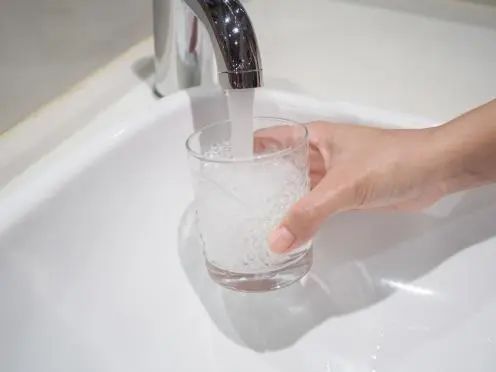 2. Determine the type of water purifier according to the water quality of the place of residence
2. Determine the type of water purifier according to the water quality of the place of residence
There are generally four types of water purifiers we usually talk about. The first is an ultrafiltration water purifier, whose filter element has pp cotton, activated carbon and the like, with a filtration accuracy of 0.01 micron. This can retain minerals, but heavy metals are difficult to filter out, and must be boiled before drinking. It is more suitable for people who are used to boiling water and those cities in the south with better water quality.
Then there is the RO reverse osmosis water purifier, whose filter element is an RO membrane, with a high filtration accuracy of 0.0001 micron. The filtered water can be drunk directly, that is, all minerals are filtered out, which is suitable for industrial cities with poor water quality. There is also a mineral water purifier, whose filter element is also an RO membrane, with the same accuracy, can be drunk directly, and can also retain minerals. It is especially suitable for maternal and child families who need to make milk powder, and families who like to drink mineral water.
Finally, there is a purifier and heat all-in-one machine, whose filter element is also an RO membrane, with the same accuracy of 0.0001 micron. Not only can it be drunk directly, but it also has a water boiling function, which is very suitable for families with a fast pace of life and often do not have time to boil water!
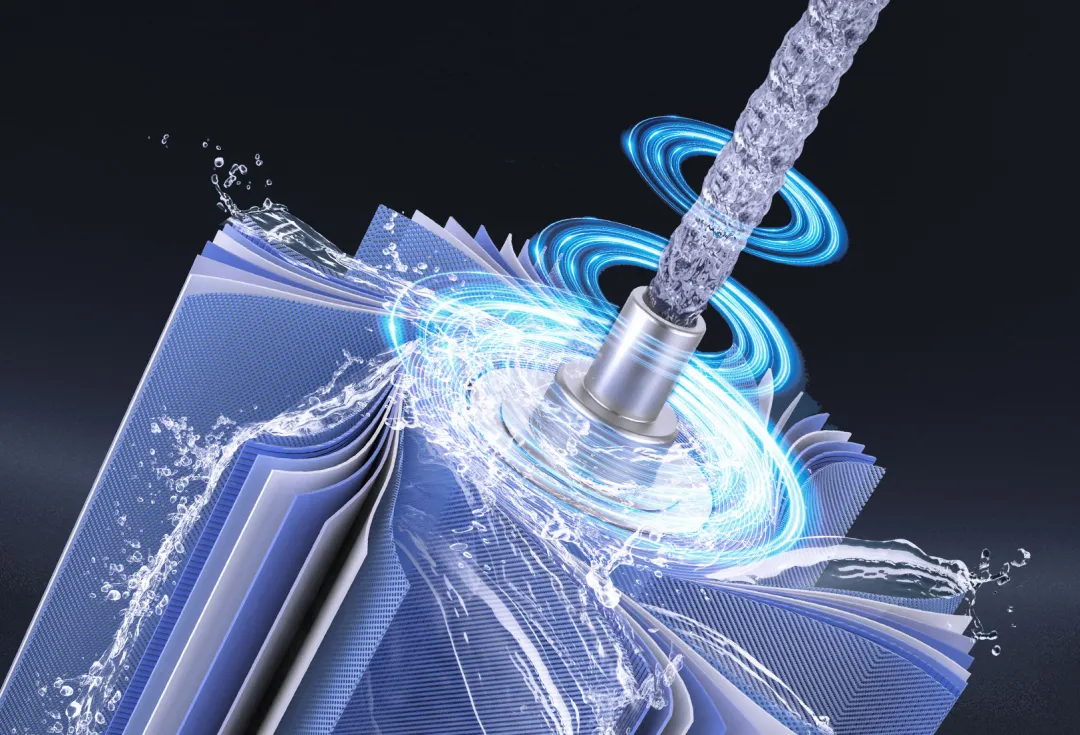 3. Determine whether there is a health threat based on the material of the water-related parts. Important water-related parts
3. Determine whether there is a health threat based on the material of the water-related parts. Important water-related parts
Things like faucets, PE water pipes, filter elements, and joints cannot harm our health. If they are made of plastic, they must be food-grade materials, otherwise the water quality will be easily polluted over time.
For those made of metal, pay attention to choosing lead-free ones. For faucets and the like, don't be greedy for cheapness. Use those produced by regular manufacturers, so that you can ensure that you can use them with confidence and drink them with peace of mind!
4. Determine the frequency of changing the filter element based on the rated water purification volume
What many people don't know is that the filter element of the water purifier has a maximum amount of filtered water. For example, if a water purifier has a rated water purification volume of 5000L, then when it has filtered 5000L of water, the filter element needs to be replaced.
So, generally speaking, the larger the number, the better the quality and the longer the service life.
5. Determine whether the water purifier is water-saving based on the wastewater ratio
Some water purifiers, due to their fine filtration, sometimes some water molecules cannot pass through, which easily produces some wastewater. The wastewater ratio is one of the important criteria for measuring whether a water purifier is water-saving. The higher its wastewater ratio, the more clean water can be produced with the same water. For example, if the wastewater ratio of a water purifier is 2:1, it means that 3 cups of tap water can produce 2 cups of clean water and 1 cup of wastewater.
On the contrary, the lower the wastewater ratio, the lower the water-saving ability.
 6. Pay attention to the cost of changing the filter element of the brand
6. Pay attention to the cost of changing the filter element of the brand
Although some brands of water purifiers are very cheap, the filter element is very expensive. The filter element needs to be replaced every few months. In this way, for ordinary families, it will be a considerable expense in the long run!
Aicksn is your best choice!
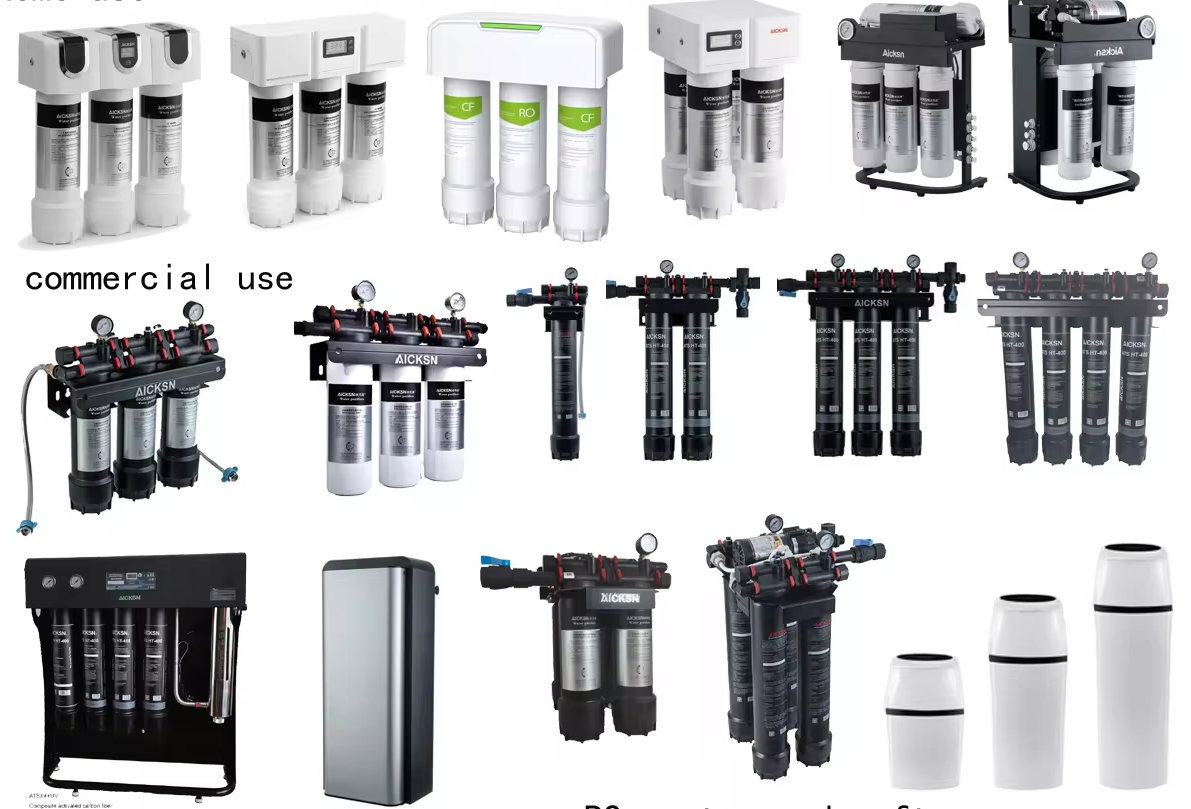
Precautions for installing a water purifier
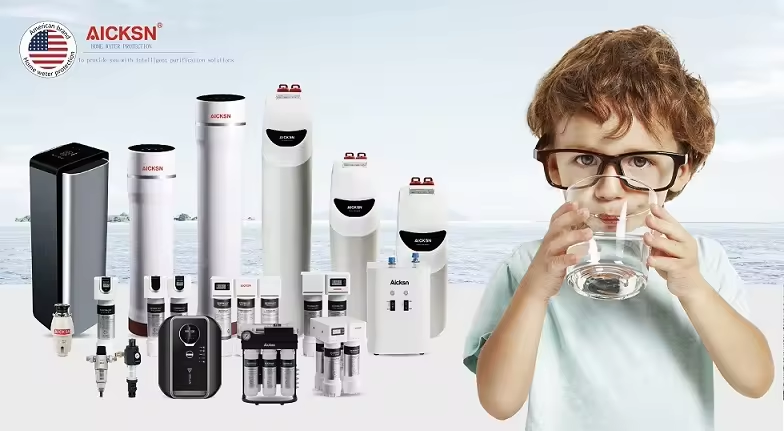 1. First, you must determine the installation location. It must be close to the water source and the place where we often use water. There must be enough space for installation and future maintenance. The key is to avoid direct sunlight on it.
1. First, you must determine the installation location. It must be close to the water source and the place where we often use water. There must be enough space for installation and future maintenance. The key is to avoid direct sunlight on it.
2. Check the water pressure and ensure that the water pressure is within the range that the water purifier can use. Too high or too low water pressure may affect the performance and service life of the water purifier.
3. Before installation, you must first close the main water inlet valve to prevent water leakage during installation.
4. When installing, the water purifier must be firmly fixed in the selected position, and it must not be allowed to shake or tilt.
5. When connecting the water pipe, the water inlet and outlet pipes need to be tightly connected to prevent water leakage. It is recommended to choose suitable pipe fittings and sealing materials.
6. Before using the newly installed water purifier, you need to rinse the filter element well to clean any possible impurities and protective agents.
7. If you install a water purifier with electricity, the power socket must be safe and reliable, and waterproof and moisture-proof measures must be taken to ensure that there is no risk!

As more and more people pursue health and high-quality life, many people will choose to install a water purifier to ensure the safety of drinking water for themselves and their families, because it can not only improve the quality of drinking water, but also bring many conveniences to daily life. Just imagine how happy it is to drink fresh drinking water without boiling water when you get home from work every day! However, due to the uneven quality of water purifiers on the market, there are many inferior products that are inferior and deceive consumers, so we need to consider carefully when purchasing.









 Common faults and solutions of reverse osmosis ultrapure water equipment
Common faults and solutions of reverse osmosis ultrapure water equipment
 Let you understand the principles and advantages of high-efficiency water purification equipment in one minute! ! !
Let you understand the principles and advantages of high-efficiency water purification equipment in one minute! ! !
 How to choose a water purifier? Remember "5 to buy and 4 not to buy" to avoid pitfalls and waste of money
How to choose a water purifier? Remember "5 to buy and 4 not to buy" to avoid pitfalls and waste of money
 If the following 5 conditions occur in the water coming out of the water purifier, can we still drink it? Don't be careless,!!!
If the following 5 conditions occur in the water coming out of the water purifier, can we still drink it? Don't be careless,!!!